4 Pros Pull Back The Curtain on Their Data Screens
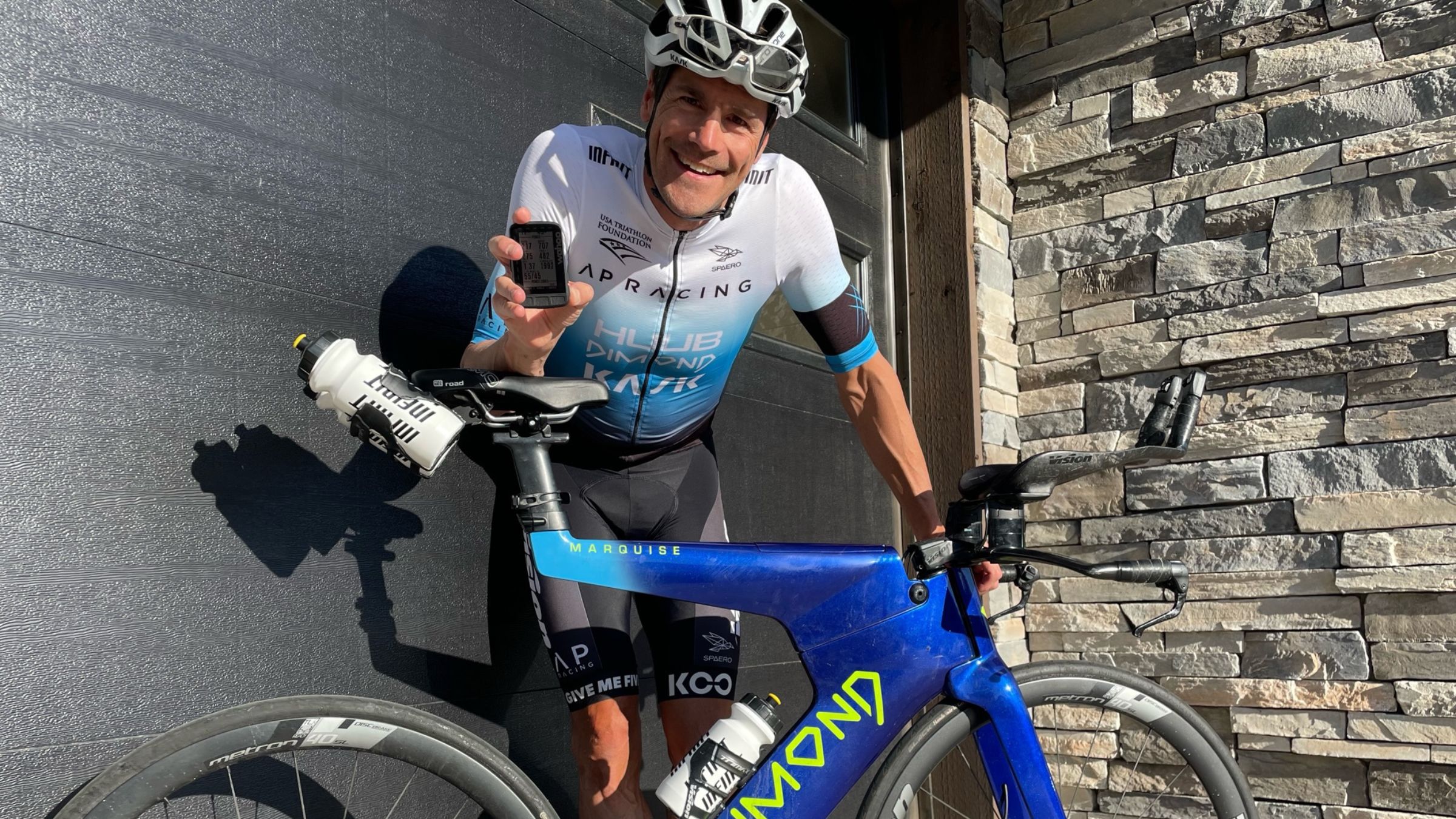
(Photo: Andy Potts)
Table of Contents
Like it or loathe it, data is addictive, and it’s playing an increasingly prominent role in tri life for thousands of multisporters around the globe.
Whether you’re recording it during training, analyzing it post-race, or simply staring at the numbers as you hit Zone 5 and wonder why they aren’t higher, triathletes and tech have a symbiotic relationship.
But with a host of metrics available from speed to distance, power to heart rate, and (much) more, what should we look at – and look out for – when training and racing?
From hard bike sessions to tempo swims and rehab runs, here we drop in on four pros to walk us through the tech they use and how and why they’ve set it up the way they have.
Andy Potts
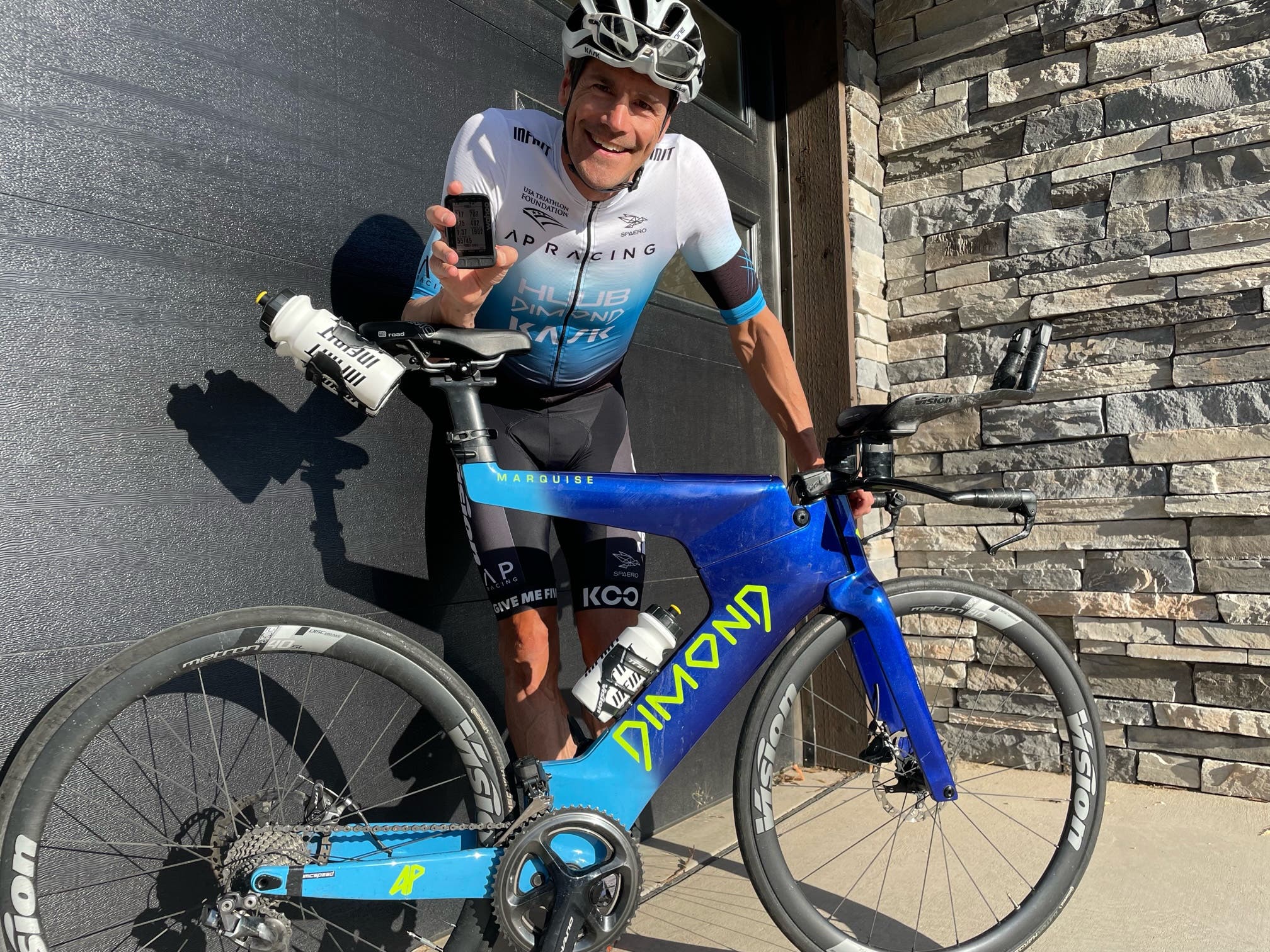
A bonafide triathlon legend, Andy Potts has competed in the 2004 Olympic Games, been crowned Ironman 70.3 world champion in 2007, and has seven top 10 finishes at Ironman World Championship in Hawaii and counting.
Device: Wahoo bike computer
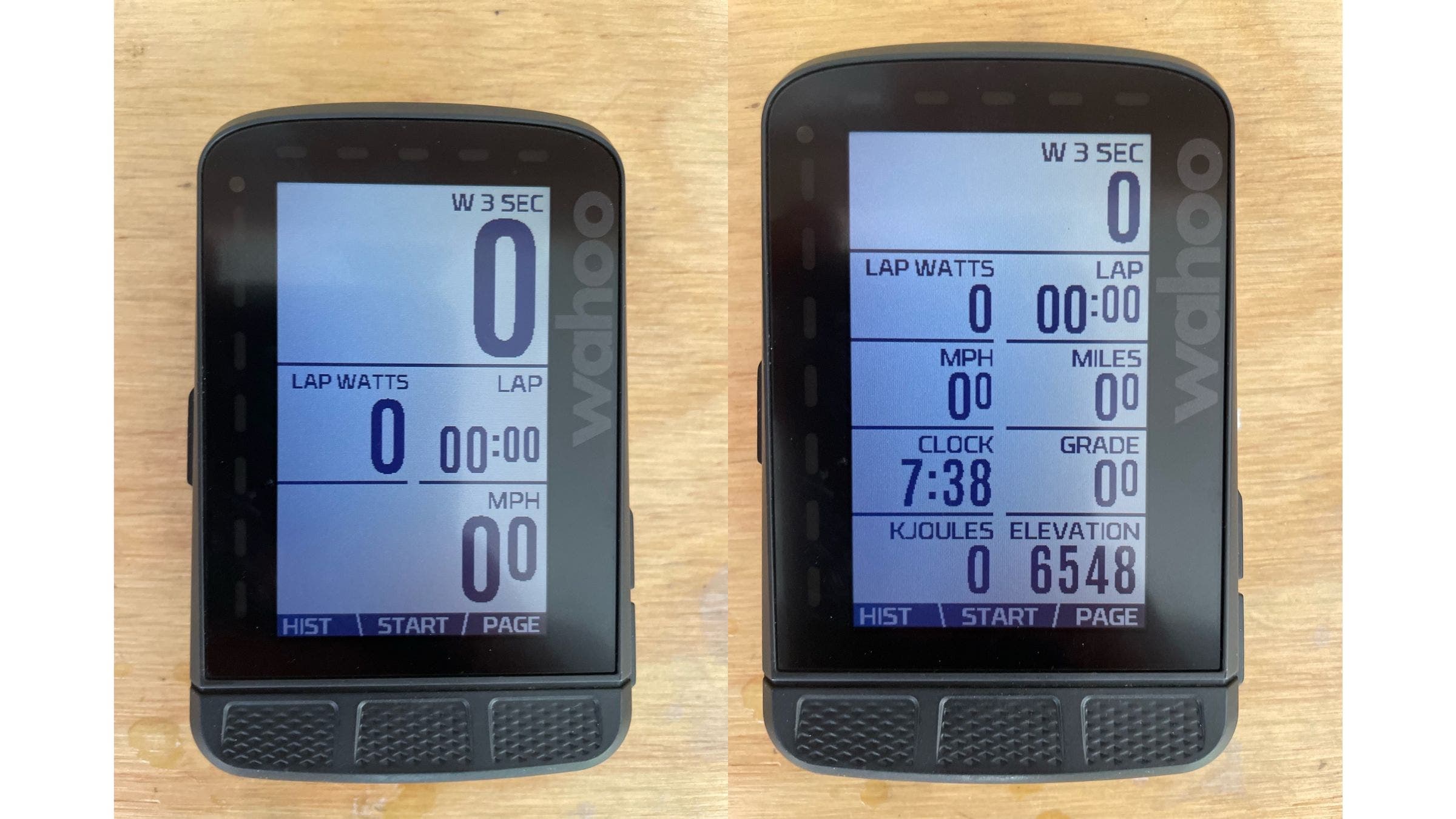
Andy says: “This session was done in Colorado Springs on one of my favorite routes. It is a solid 10-minute stretch that doesn’t have a ton of traffic, so I’m keeping the actual spot a secret!
“The main set was six rounds of pushing 70.3 watts for 6 minutes and then going right into 4 minutes at maximal effort. With 4 minutes of recovery between each round. It was a half-hour warm up and a half-hour cool down to make it a 2 ½ hour workout. The goal is to be at race pace for an extended time and then inflict a maximal effort so you can prepare your body for what actually happens in the pro race.
“The most important fields on my bike computer are average lap watts and my lap time. I usually have four windows open: 3-second watts, average lap watts, lap time, and speed. The only reason I include speed is to know if the wind is playing with me or not. If I want to expand to more windows on the display I might add kilojoules, time of day, elevation, miles, or grade.
“How did this session go? I was pretty taxed from the effort, but it wasn’t so tough that I couldn’t run afterwards. My run directly after this ride was 4 x 2km at 70.3 pace too. Overall, it’s a demanding day but one that promotes progress when executed properly. Plus, the smile comes from knowing I gave an honest effort!”
Ali Brauer
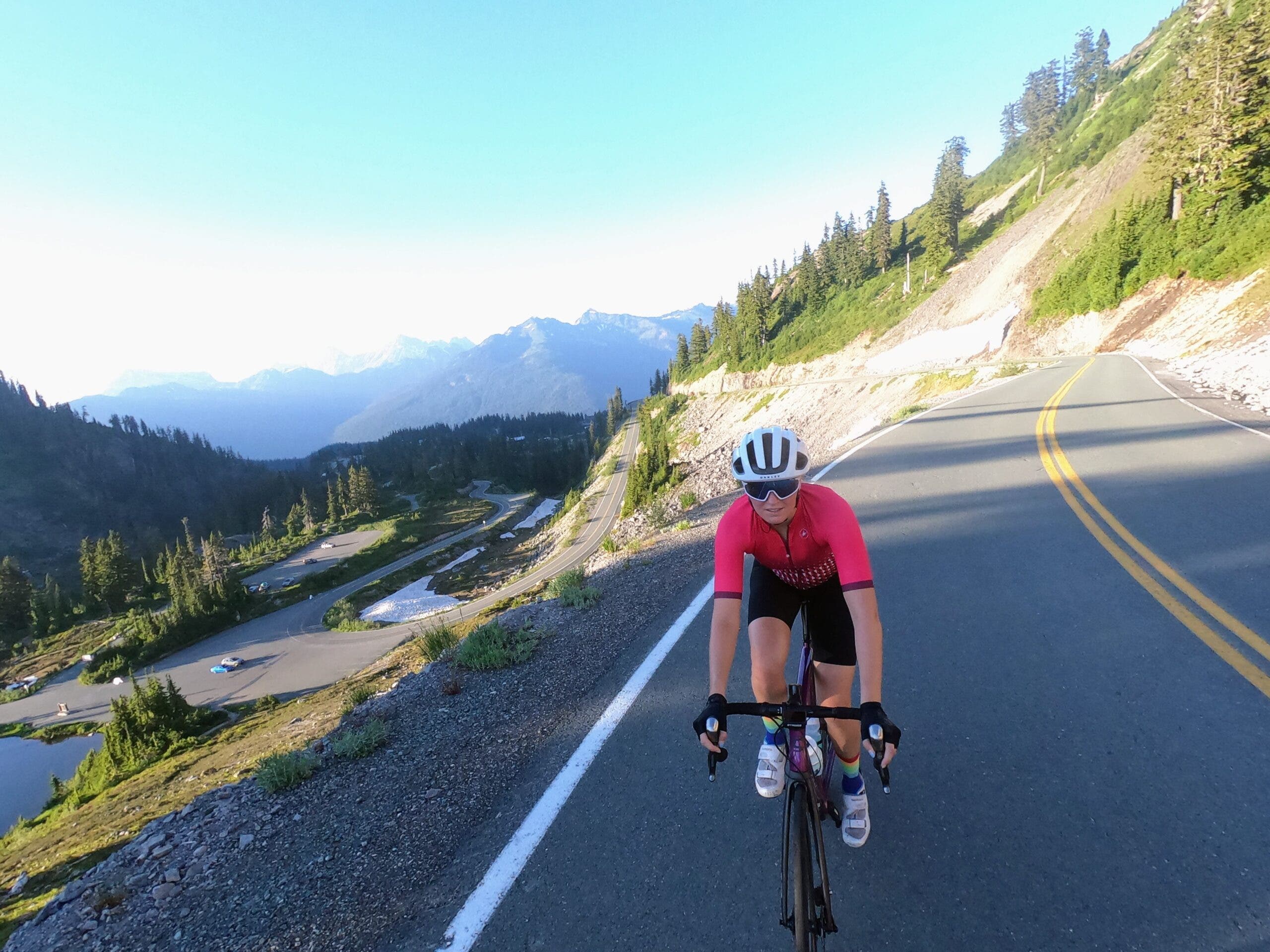
The 28-year-old U.S. triathlete has only been racing as a pro since last year, but she already has two Ironman 70.3 podiums to her name as well as victory in the White Lake Half in North Carolina.
Device: Stages Dash L200 bike computer
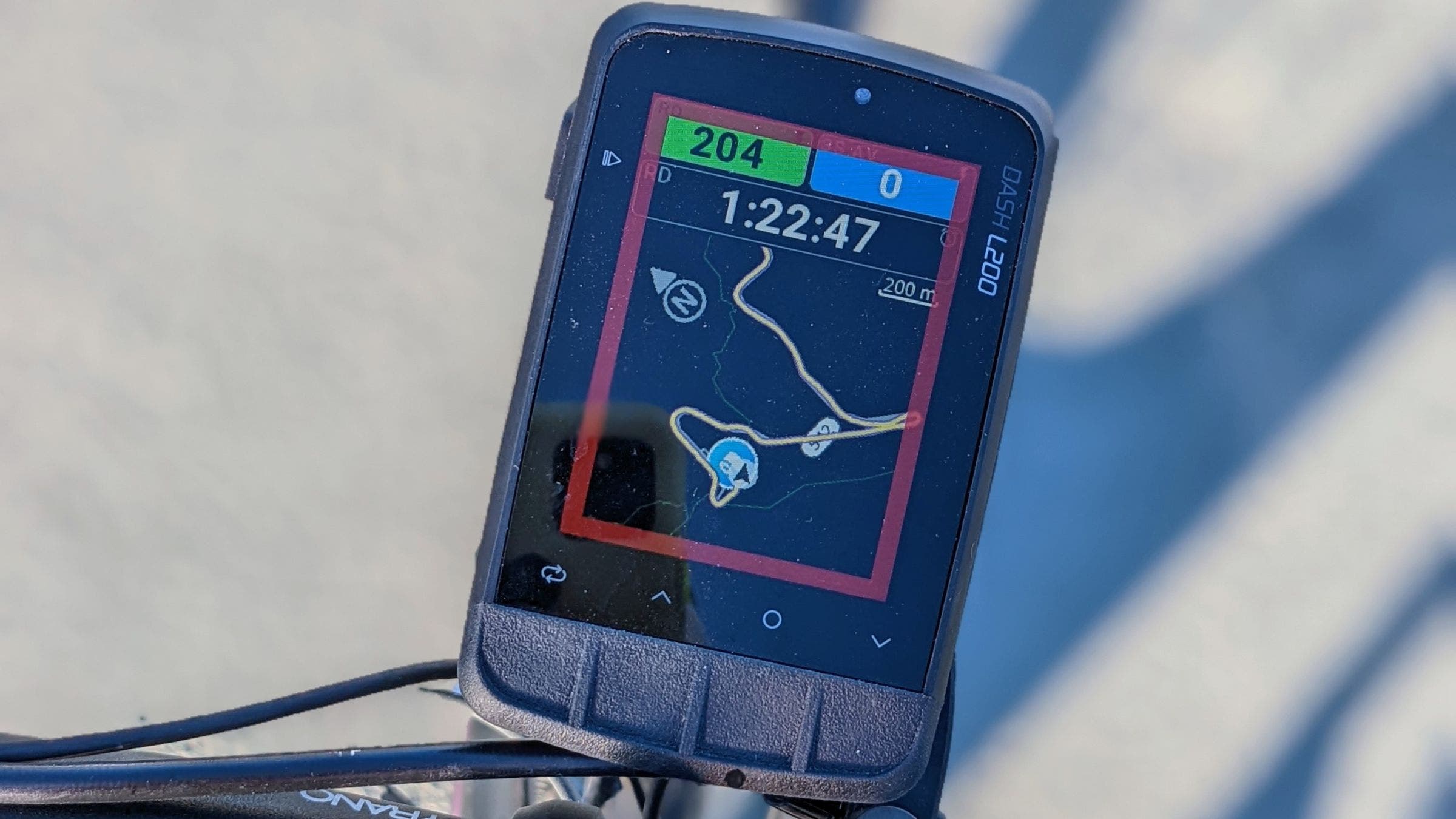
Ali says: “The Stages app allows you to create custom displays with multiple screens. I currently have one screen that shows a map (with or without a route), plus total ride time, ride power (average power over the total ride time), and 3-second average power.
“I use this screen during easy rides and races when I don’t care to see any metrics besides time and power, and I’m often following a route. Yes, I even upload the course map for races, just in case! The power metrics are also color-coded based on which zone I’m in.
“Additionally, I have a second screen for use during bike workouts with intervals. This screen shows lap time, lap power, 3-second average power, and lap cadence. It also includes a fun Stages widget called a power wheel, which includes all the aforementioned power data and an arrow showing which zone – it looks cool! All power data is color-coded based on which zone I’m in, just like the first screen. I like to see cadence data during intervals because I often do over-gear (low cadence) and under-gear (high cadence) efforts.
“The numbers are showing training session data from a ride up a sustained climb. Screen 2 is showing data from the beginning of the climb, just after I began a tempo effort. You can see that my 3-second average power of 208w is knocking on the door of Zone 3 based on the arrow in the power wheel. My cadence is 78rpm – a bit lower than usual since I’m climbing.
“Screen 1 is showing data from the top of the climb, just after I finished my hour-long effort. I didn’t upload a route for this ride because it was straightforward, but you can see my GPS trail in yellow on the screen – those are some dreamy switchbacks! My average power over the total ride so far is 204w.
“I’m not doing much intensity as I’m still building back into training after my mid-season break and a bout of COVID-19, but I’m incorporating some sustained climbs at a tempo to sub-threshold effort. This particular climb was on Mt. Baker Highway in the North Cascades of Washington state, past the ski area to Artist Point – 11 miles at 5-6% gradient. I was feeling pretty fatigued on the day, so I decided to start out conservatively at 180-200w and build over the course of the climb if I felt up to it.
“I ended up building to around 250w and ultimately averaged 231w for 59 minutes. The cool breeze wafting off the snowmelt above the treeline provided some much-needed relief on a usually hot Pacific Northwest summer day, and the mountain views were stunning. I’ve already put it on my mental list of Strava QOMs to attempt in the future.”
David McNamee
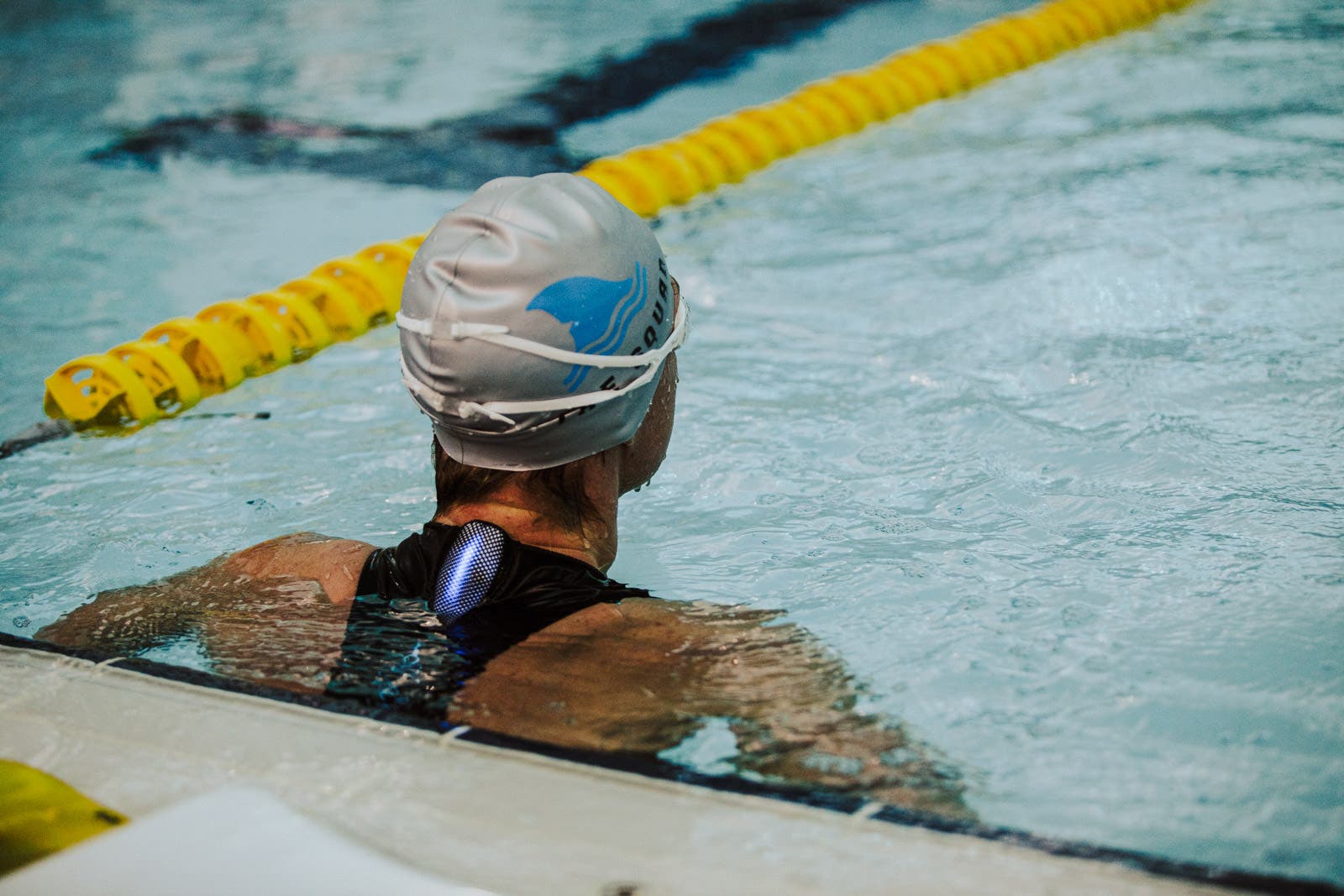
David McNamee can claim to be Britain’s most successful male long distance triathlete after third places in Hawaii in 2017 and 2018. An Ironman and multiple Ironman 70.3 winner, this summer he finished ninth at Ironman World Championship in St George and will be hoping to go better still in Kona.
Device: Incus Nova swim and run
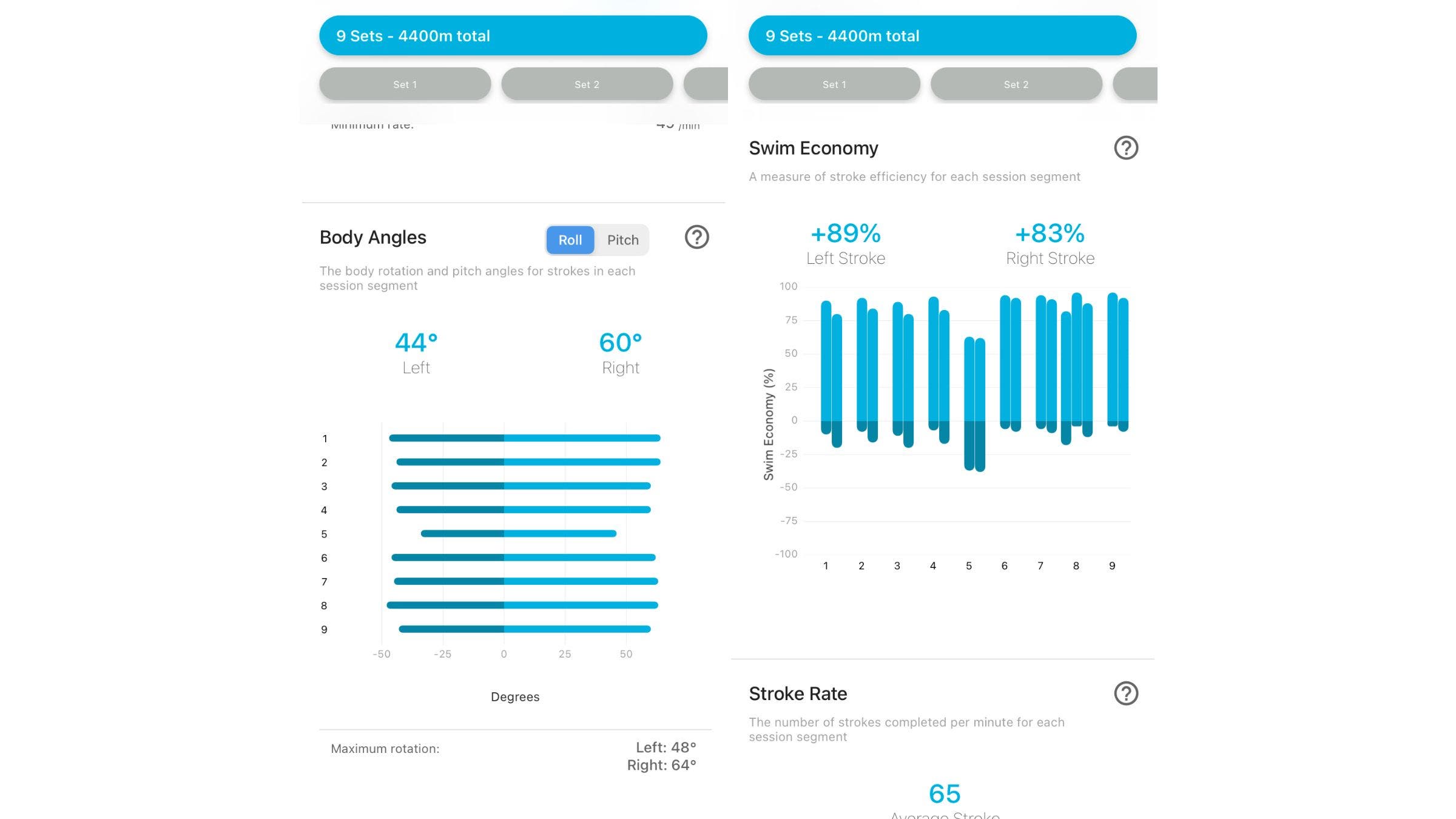
David says: “The Incus Nova covers both swim and run sessions, and while it could provide real-time analytics to a coach’s device at poolside, for example, when I’m training individually it’s a case of recording the data and then pulling the numbers apart afterwards.
“Placed in a small pocket in my trisuit just below the nape of my neck, the Incus Nova is a great way of analyzing how I’ve swum the times I have during a session by giving measurements of how my body moves through the water – such as pitch, tilt, and acceleration/deceleration.
“I’m focusing on the metrics from a long tempo swim set here. This session had a main set of 4 x 800 meters with each one being slightly faster than the last. The first data point I look at is ‘swim economy’ which measures whether I am gaining, maintaining, or losing speed on each stroke – the closer I am to 100%, the more efficient my swimming.
“The figures here highlight that I am better on my left side and that there is a hitch on my right side slowing me down. The next step would be focusing on a technical change on my right side to see how it affects my economy.
“The next data point is ‘body angle’, which is a measure of the rotation of my shoulders left to right throughout my stroke cycle. I usually have a slightly higher number for my right side as I breathe more to it. I look for values around 40-70% for this, but the advantage of Incus is that you can compare it to your pace – and you might see that more, or less, rotation helps your own speed. Finally, I also look at stroke rate, which is simple to understand and shows the number of strokes per minute. Again, you can put it into the context of spend and intensity to work out an optimal swim cadence for race distance.”
RELATED: Extended Review: Incus Nova
Ruth Astle
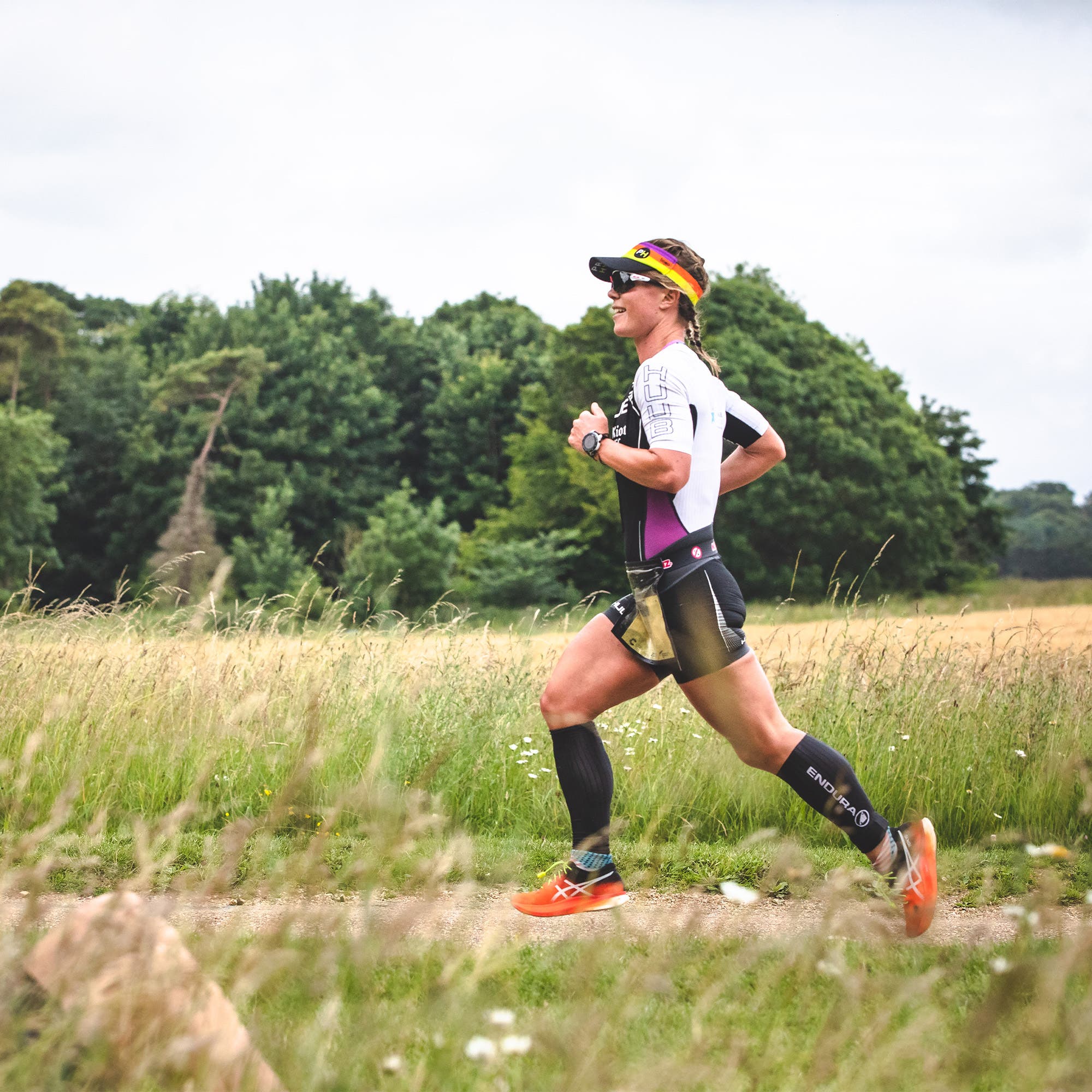
Ruth Astle is a two-time Ironman champion and one of the strongest cyclists in the sport. Having turned professional in 2019 after winning the overall Ironman World Championship age-group title in Hawaii, this year she finished fifth in her debut in the pro race in IMWC St. George. Ruth has also been recovering from an Achilles injury, which explains the current tech she’s using and adopting a tactic that might be familiar to a few readers.
Devices: Lever Movement harness, treadmill and iPad
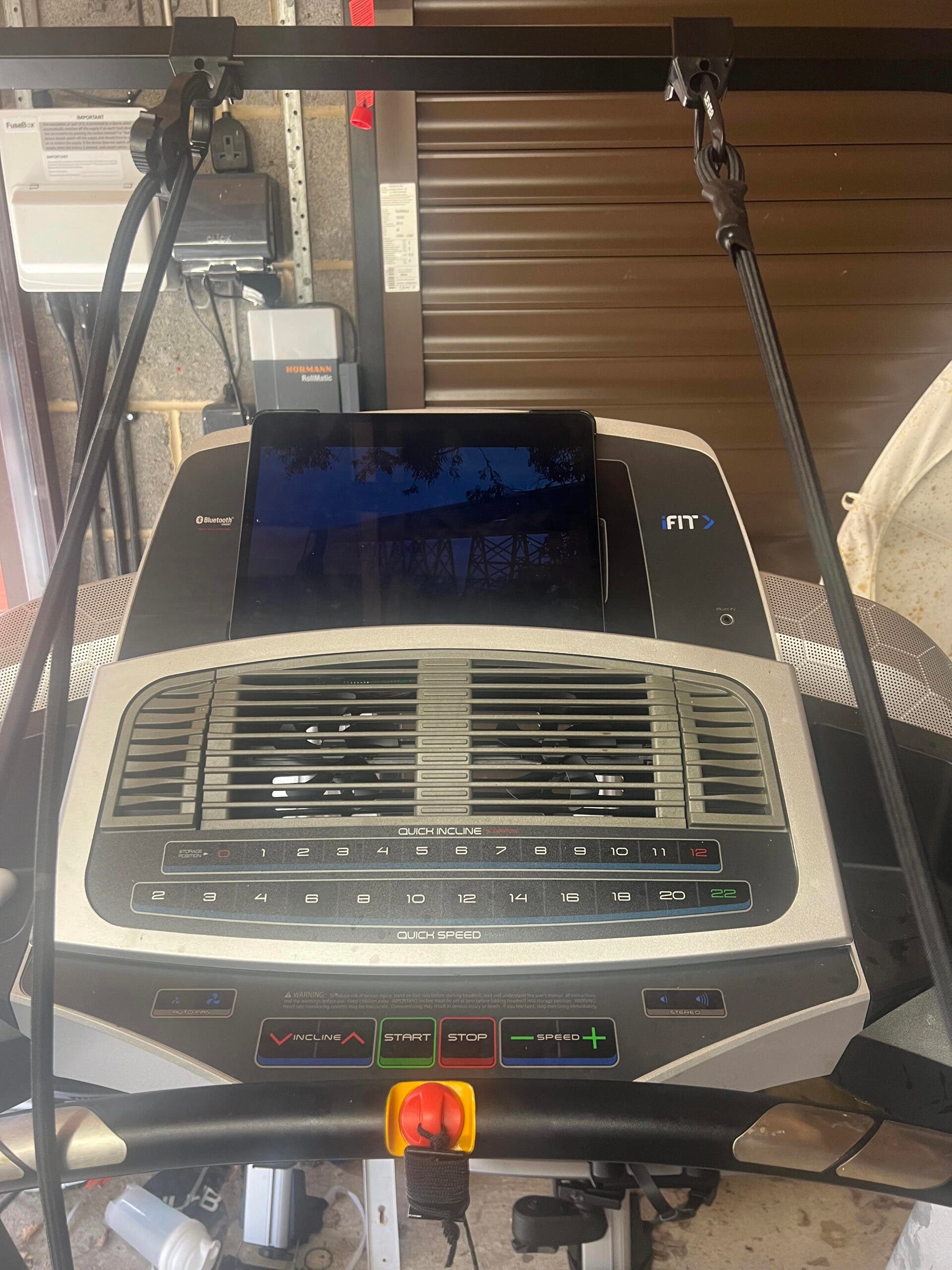
Ruth says: “For me, the treadmill is a tool that I use out of necessity because most of the time I would much rather be running outside. However, the last month it has become a necessity so I can use my Lever Movement harness and run with less weight as I rehab my Achilles.
“Generally, I have just been doing easy runs, so to pass the time I have my iPad over the screen and watch rubbish. At the moment, I’m working my way through Pretty Little Liars, and cover the device screen up so I can’t see how slowly time is passing!”